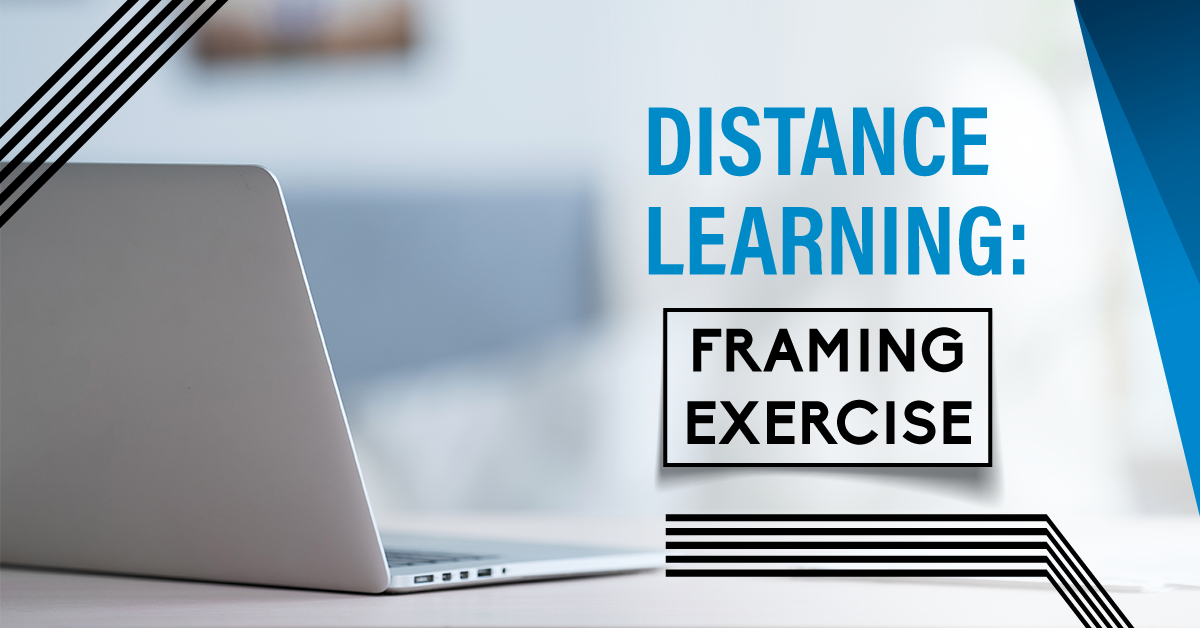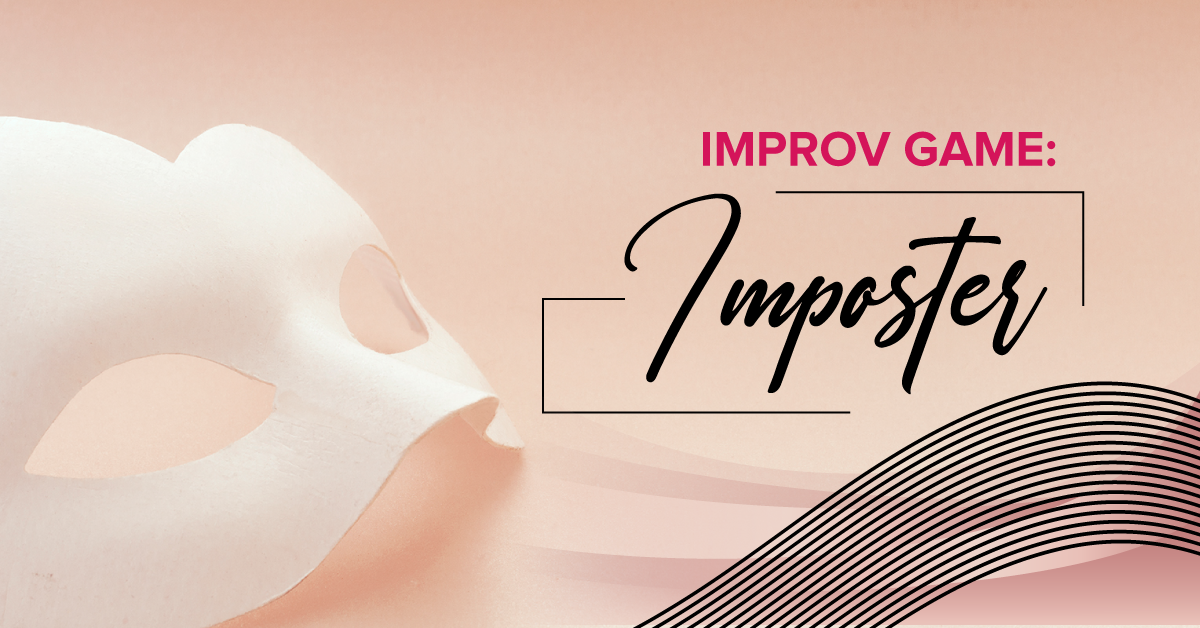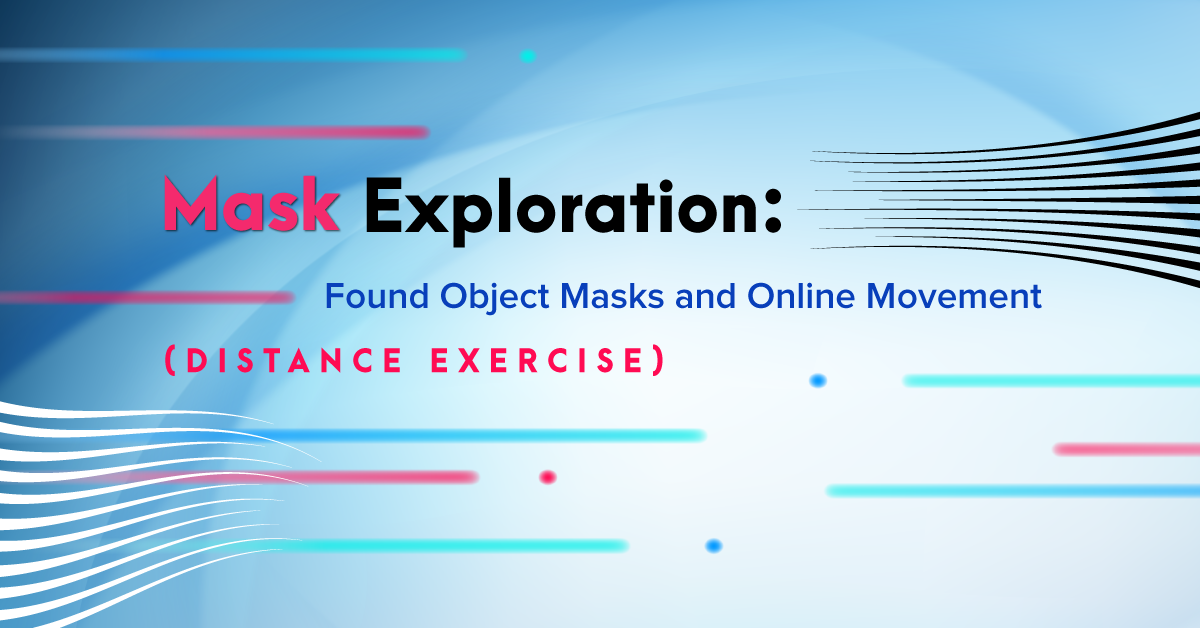There exists in everyone the potential for good or evil. Laramie Dean's adaptation of Dracula asks the question: How much would it take to bring out the darkness inside of you?
Distance Learning: Framing Exercise
When students are acting on camera – like when they are participating in a virtual drama class, or doing an online performance – their playing space is the rectangular area visible in their webcam. Compared to the freedom of a stage, it can be easy for students to feel like their performances will be static and dull. However, there are ways for students to make their online performance active and interesting – they just have to think a little differently.
One of the ways is framing. Framing refers to the position of the actor in relation to the camera and the setting. Think of a framed photo – what is visible in the photo? What is the subject or focus of the image, and where is it positioned in relation to the camera?
Most students tend to sit at their device in a medium close-up shot – head and shoulders in frame. This is because they’re likely sitting in a chair with their device in front of them on a desk. So let’s get those students moving around! The following distance learning exercise introduces different framing positions, and teaches students about spatial awareness, dynamic blocking, and atmosphere creation – all by moving closer to and further away from their device.
Instructions:
1. Frame Awareness: Using their index finger, have students trace the outline of their camera frame in the air, starting from one corner and going around the four sides. Have them note how far they need to stretch their arms to do this task, depending on how close or far away from your device they are.
2. Actor Positioning: Choose a student (or ask for a volunteer) and have them position themselves at different distances from their camera. Here are some different framing positions for the camera:
- Extreme wide shot (EWS) – subject is very far away from the camera, focus is more on scenery/setting
- Wide shot (WS) – full body visible, head to toe
- Medium shot (MS) – head to waist visible
- Medium close-up (MCU) – head and shoulders visible
- Close-up (CU) – head visible
- Extreme close-up (ECU) – detail focus, for example: just the eyes or just the mouth
Feel free to have a different student demonstrate the different framing positions for more student involvement. Have the rest of the students observe and answer the following questions:
- How much of the performer’s body is visible in the shot? Does the performer’s height make a difference? (Try comparing a shorter student to a taller student if you wish.)
- How much of the room/set is visible? Is this important? Why or why not?
- How much of the performer’s clothing/costume is visible? Does that change how the performer moves? Does that affect how the audience perceives the character?
3. Add Lines: Repeat the Actor Positioning exercise, but this time have a student perform a brief speech (3-4 lines) at each position. Again, have the rest of the students observe and answer these questions:
- Does the performer have to adjust their volume at different framing positions?
- Does the performer have to adjust their facial expressions or physical movements at different framing positions?
- How does the positioning of the actor within the frame affect the mood or atmosphere of the scene?
- What would each framing position be useful for when blocking a particular scene? (For example, an extreme close-up might be used to show important details or for a comedic effect, while a wide shot would be useful if the performer is dancing and the audience needs to see their feet and legs.)
4. Add a Scene Partner: Repeat the Actor Positioning exercise, this time adding a scene partner. Have two students perform a brief dialogue, first while having both students in the same position, then having students in different positions (for example, Student A in a wide shot speaking to Student B in an extreme close up). Answer the following:
- How do the various framing positions affect the performances of the actors?
- How does the audience perceive the performance?
- Have students change positions mid-dialogue. How does that change the scene?



